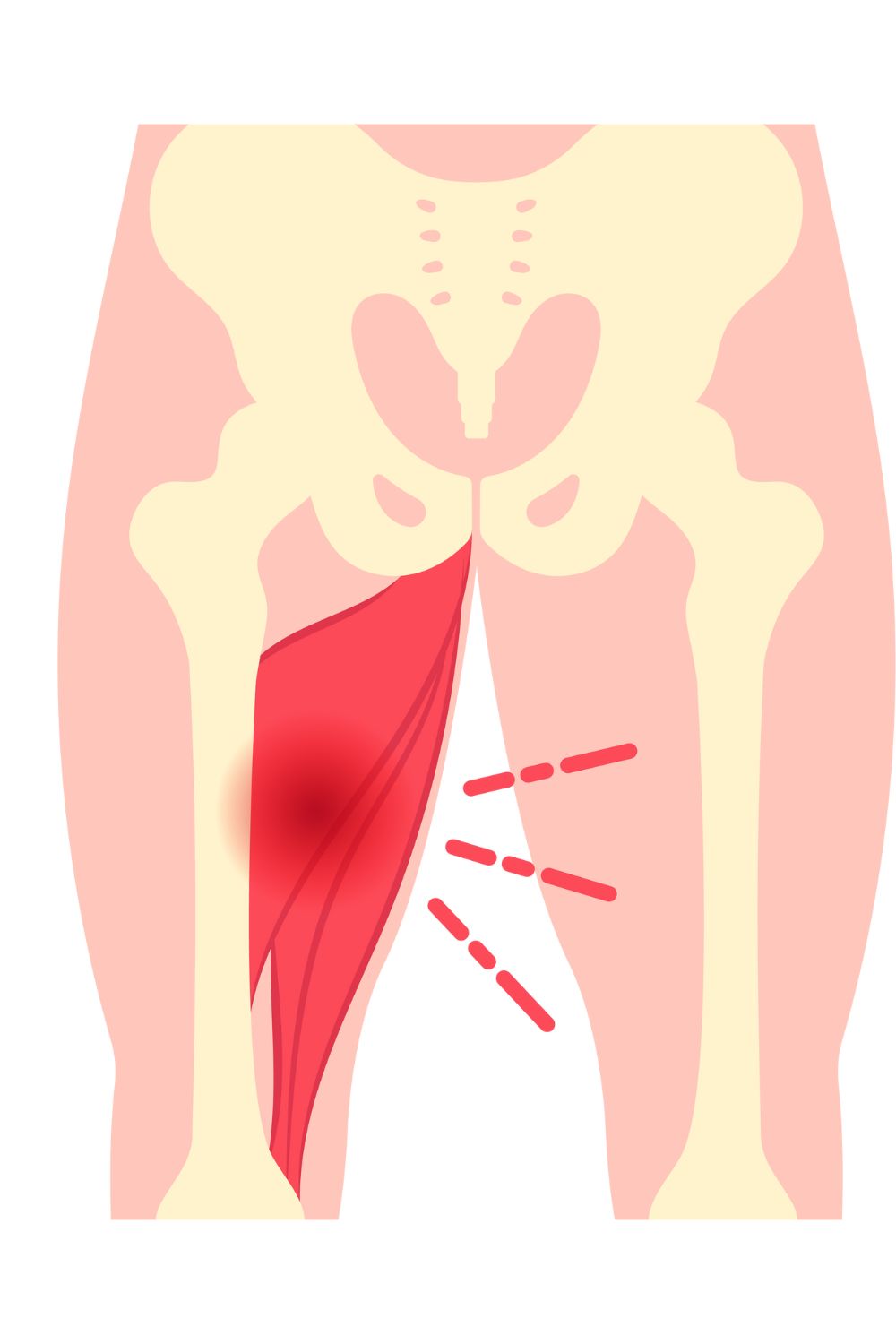Ever felt that uncomfortable twinge in your inner thigh or groin when busting out squats at the gym? It’s like your body’s way of saying, ‘Hey, something’s not quite right here!’ That nagging pain on one side can really throw a wrench into your workout mojo. But fear not, we’re diving into the why and how to bid adieu to that pesky discomfort.
Squats are fantastic for building those leg muscles, but sometimes, our bodies protest, especially when we’re not doing them quite right. That groin or inner thigh ache? It’s like a mystery waiting to be solved. Let’s break it down, understand what’s causing it, and, most importantly, learn how to squash it (pun intended) so you can get back to crushing those squats pain-free.
A comparison Tabular on this

Hey there, it’s Mike Rrsq, the Editor-in-Chief over at Jsquat.com, and I’m absolutely obsessed with all things squat fitness! I’ve been lucky enough to get some serious recognition for my work in this field. With a solid background in the fitness and wellness industry, I’ve been there right from the get-go, helping shape this website into what it is today.
You see, I’m not just the boss around here; I’m also a passionate contributor. I love sharing my insights through my articles, and trust me, they’re not your run-of-the-mill stuff. Each piece I write is a labor of love, filled with my expertise and real-world experience in the fitness universe. So, if you’re into fitness and looking for some inspiration, you’re in the right place!

